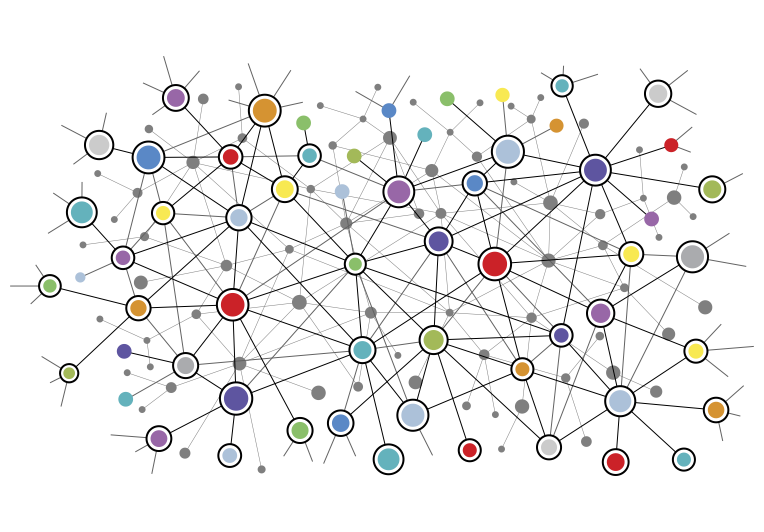The European Union needs a new approach to security and defence due to changes in the Union’s threat environment. For this reason, the EU’s upcoming Strategic Compass needs to take as its starting point the complexity of the threat environment and the pervasiveness and evolutionary nature of hybrid threats, says Rasmus Hindrén, Head of International Relations at the European Centre of Excellence for Countering Hybrid Threats.
“The ‘hybrid’ in hybrid threats refers to the way that malign actors combine different tools at their disposal and target various domains from information, social and culture to space, cyber, and military domains,” Hindrén writes in his Hybrid CoE Working Paper dealing with the Strategic Compass process.
There are multiple trends in the security environment that can best be understood under the concept of hybrid threats: a democratization of warfare, exemplified by cyberattack capabilities or drone technology becoming more available to small states and non-state actors, as well as the rapid pace of technological change, especially in the context of emerging and disruptive technologies. In addition, there is a cognitive element involved, as we all try to make sense of the wealth of information, misinformation and disinformation.
When one adds to this the fact that the threat environment is characterized by competition – the constant probing of adversaries and potential adversaries, priming them for further actions and operating in the “grey zone” – it becomes clear why the EU needs a new approach.
According to Hindrén, the primary objective of the Compass should be deterrence against hybrid threats, consisting of both resilience and countermeasures. Resilience ought to be understood in the context of both internal and external security. Countermeasures should be seen as combining both the member states’ and the Commission’s tools: sanctions, diplomatic tools, but also real kinetic capabilities.
“Kinetic capabilities do not need to be owned or operated by the EU, but they must be integrated into the overall EU approach,” Hindrén says.
To attain all of this, a greater level of integration within the EU must be achieved, both between internal and external security, as well as between the member states and the EU institutions and agencies. The relationship between the member states and the EU must be further clarified.
“The member states should see the possibilities that the EU can bring in both enhancing resilience and supplementing the crisis response toolbox,” Hindrén writes.
The Strategic Compass is a document that aims to clarify the EU’s assessment of the security environment, define the level of ambition in security and defence, and offer concrete tools to achieve that level of ambition. The Compass is set to be finalized during the French presidency of the EU Council in 2022.



